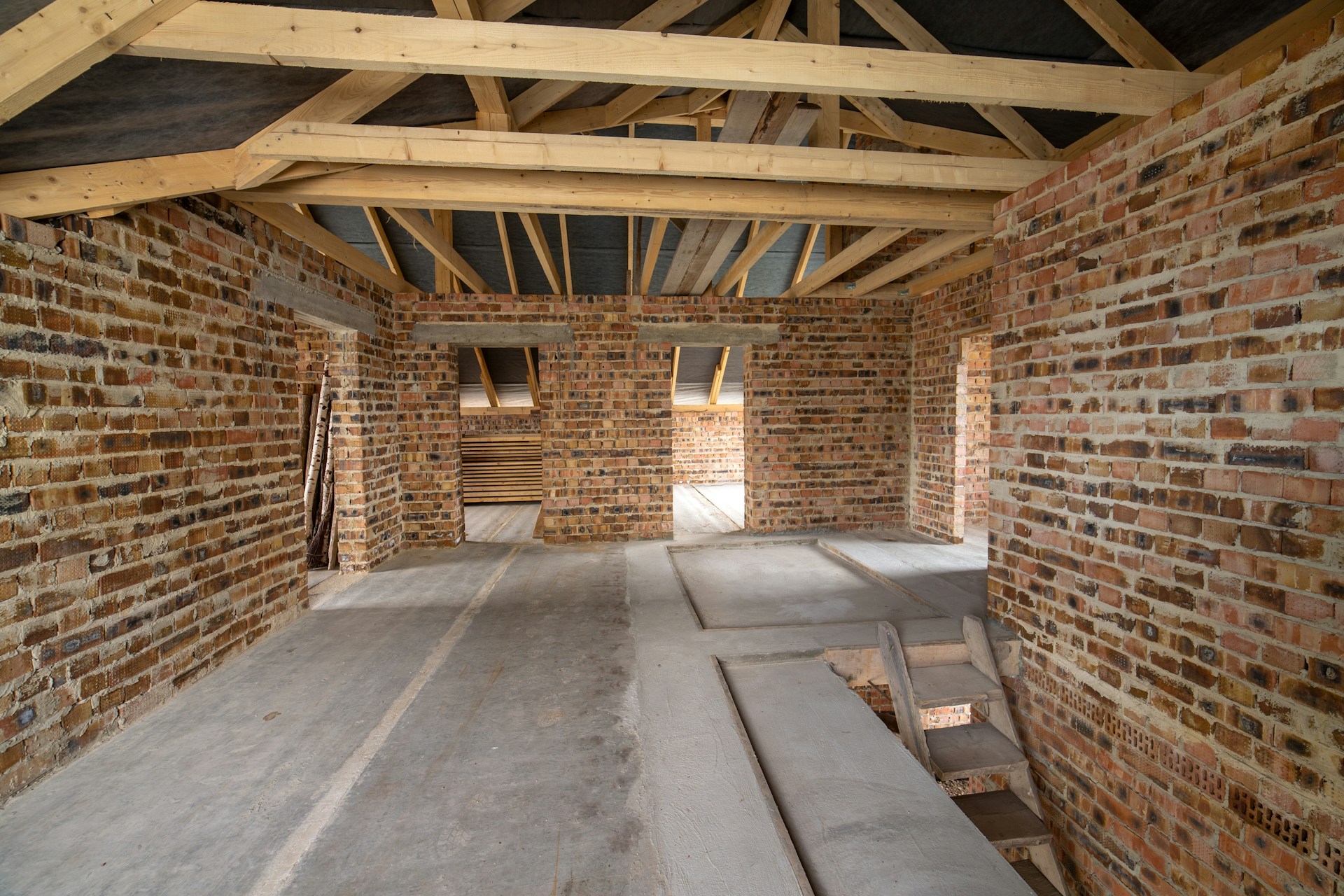
One of the most overlooked aspects of maintaining a healthy roofing system is attic ventilation. A well-designed and efficient attic ventilation system plays a vital role in regulating your home’s temperature by allowing hot air and moisture to escape while drawing cooler air in, ultimately extending the lifespan of your roof and improving overall energy efficiency. Ignoring attic ventilation can lead to costly roofing issues such as mold growth, wood rot, or shortened roof life due to excessive heat and trapped moisture.
As the leading residential roofing contractor in New Hampshire and Southern Maine, J. Carnes & Son Roofing is committed to helping homeowners understand the importance of attic ventilation and providing practical solutions to optimize their home’s temperature regulation and extend the life of their roofing system. Our team of experienced professionals will assess your home’s ventilation needs and recommend the most appropriate combination of vents, soffits, and ridge vents to create an effective attic ventilation system.
In this detailed blog post, we will examine the fundamental role attic ventilation plays in maintaining your roof’s performance, the key signs that your home may require additional ventilation, and the various types of attic vents and their benefits. By partnering with J. Carnes & Son Roofing for your attic ventilation needs, you can rest assured knowing that your roofing system will be better equipped to handle New Hampshire and Southern Maine’s varied weather conditions, contributing to a healthier, more energy-efficient home.
The Crucial Role of Attic Ventilation in Roof Health and Energy Efficiency
A properly functioning attic ventilation system is essential for maintaining the overall health and performance of your roof. Some critical benefits of effective attic ventilation include:
1. Heat Regulation: Attic ventilation helps remove excess heat during the summer months, reducing the strain on your cooling system, lowering energy costs, and prolonging the life of your roof by preventing shingles from deteriorating due to extreme heat.
2. Moisture Control: By allowing damp, warm air to escape, attic ventilation helps prevent condensation problems, mold growth, and potential structural damage caused by rotting wood.
3. Ice Dam Prevention: During winter months, adequate attic ventilation helps maintain an even roof temperature, reducing the likelihood of ice dams forming due to snow melting and refreezing at the roof’s edges.
Signs Your Home May Require Additional Attic Ventilation
To determine if your home could benefit from an upgraded attic ventilation system, watch for these signs:
1. Overheating in Summer: If your home becomes uncomfortably warm during the summer months despite a functioning air conditioning system, your attic may not be properly ventilated.
2. Ice Dams in Winter: Persistent ice dams forming along your roof’s edges indicate that heat is not being efficiently vented from the attic, leading to uneven roof temperatures.
3. Mold or Mildew Growth: The presence of mold or mildew in your attic or on your ceilings can be a sign of poor ventilation, trapping moisture within the space.
4. Sagging or Warped Roof Decking: When trapped moisture begins to affect the structural components of your roof, it could indicate a lack of proper attic ventilation.
Types of Attic Vents and Their Benefits
There are several types of attic vents available to help regulate attic temperature and moisture levels. These include:
1. Soffit Vents: Installed under the eaves, soffit vents allow cooler air to enter the attic, facilitating constant airflow and temperature regulation.
2. Ridge Vents: Running along the roof’s ridge, these low-profile vents work in conjunction with soffit vents to create a balanced ventilation system, allowing warm air to escape the attic while maintaining a seamless, visually appealing roofline.
3. Gable Vents: Mounted on the gable ends of your home, gable vents are a passive ventilation method that relies on wind to draw warm air from the attic.
4. Roof Vents: Installed directly on the roof, typically near the peak, these vents help release hot air from the attic through natural convection or by utilizing wind turbines to draw out the air.
Creating an Effective Attic Ventilation System
Designing and installing an efficient attic ventilation system involves carefully considering the size, layout, and specific needs of your home. Here are some essential factors to keep in mind:
1. Balanced Ventilation: Combine soffit vents for intake and ridge vents for exhaust to create a balanced system, ensuring optimal air circulation throughout the attic.
2. Proper Ventilation Area: Follow the general rule of one square foot of ventilation for every 300 square feet of attic space to provide adequate airflow. Adjust this ratio depending on external factors like your roof’s pitch and local climate.
3. Seal Air Leaks: Attic airflow can be compromised if there are air leaks coming from the living spaces below. Seal these gaps with appropriate materials like caulk or spray foam to maintain the effectiveness of your ventilation system.
4. Insulation: Install the correct amount and type of insulation in your attic to maintain a consistent barrier between living spaces and the attic, preserving your home’s energy efficiency.
Conclusion
Ensuring proper attic ventilation is crucial for maintaining the health and longevity of your roof, as well as improving your home’s overall energy efficiency. By addressing key signs of inadequate ventilation and working with J. Carnes & Son Roofing, the leading residential roofing contractor in New Hampshire and Southern Maine, you can optimize your attic ventilation system to better regulate temperature and moisture levels.
Our team of experts is ready to assist you in assessing your home’s ventilation needs and recommend the most suitable combination of vents, soffits, and ridge vents to create an effective and aesthetically pleasing attic ventilation system. Trust J. Carnes & Son Roofing to provide professional guidance and top-quality service that will help you achieve a healthier, more energy-efficient home. Contact us today to discuss your attic ventilation needs, and let’s work together to transform your space for the better.
